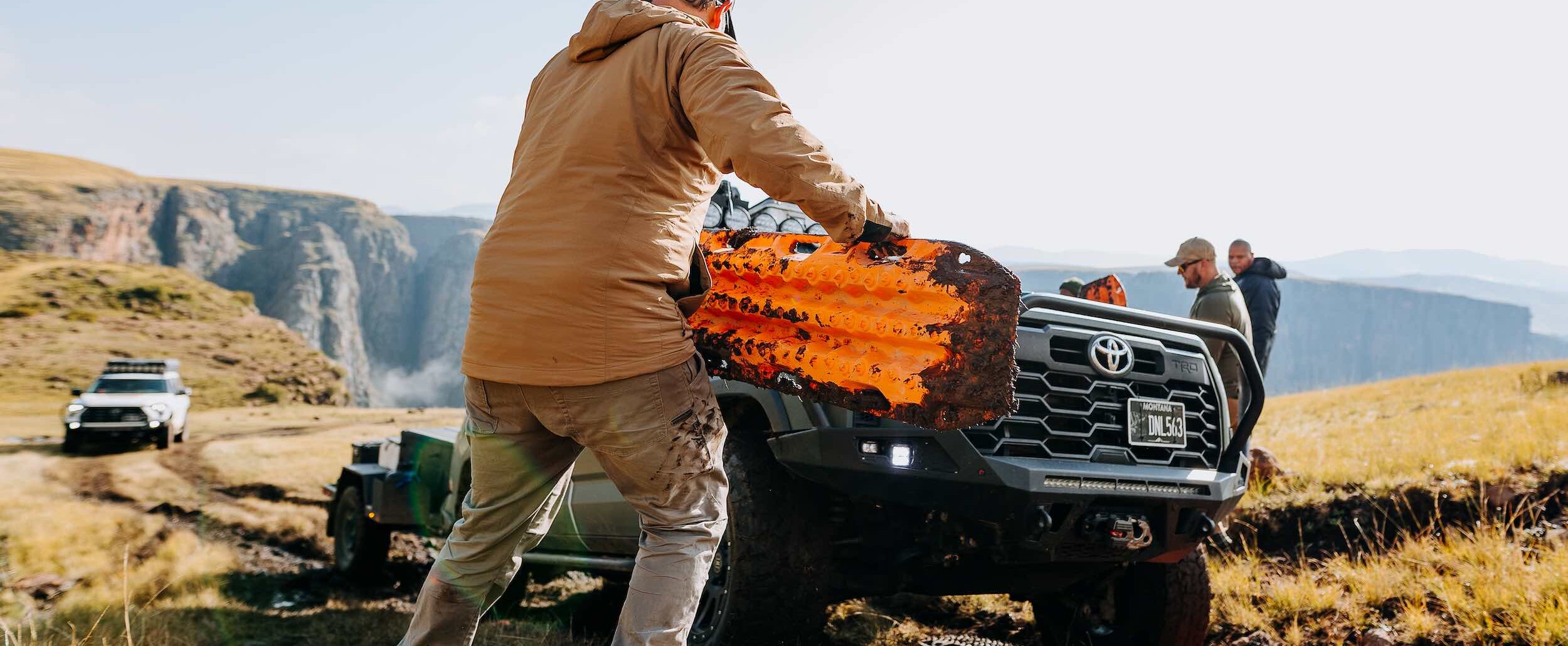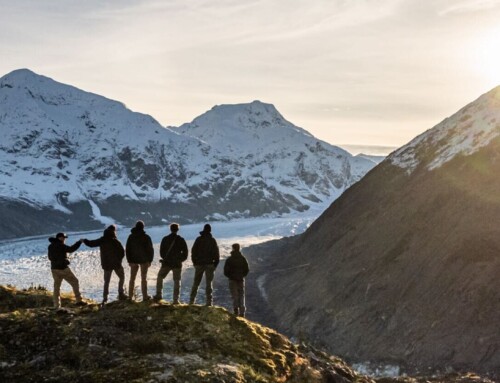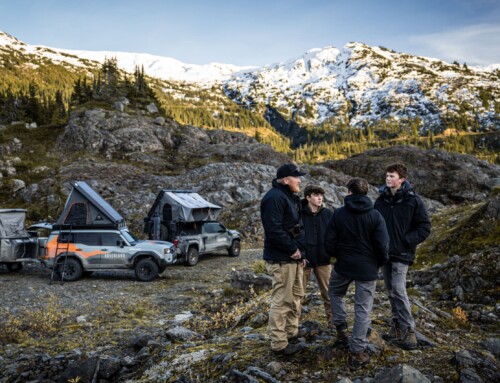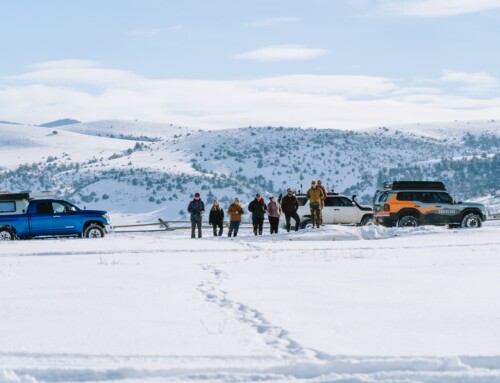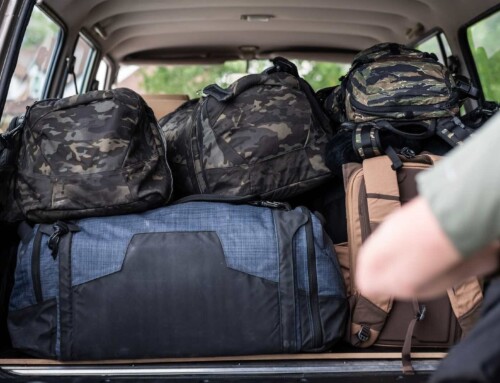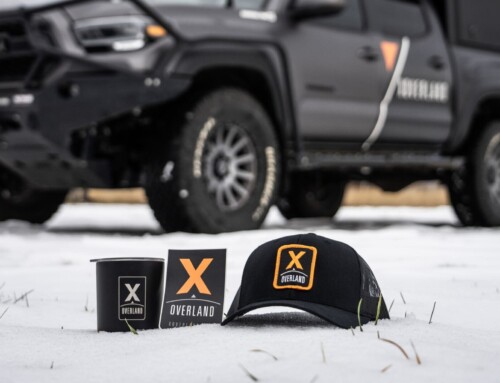Looking to grab some gear for your next adventure? Use code “XOVERLAND” for 20% off at checkout at vertx.com.
Overlanding takes you off the beaten path into areas where the weather can shift without warning—from scorching heat to cold and everything in between. If you’re not properly equipped, a sudden storm, an unexpected drop in temperature, or a sweltering afternoon can throw a wrench in your plans. Whether trekking through the mountains, navigating deserts, or exploring forests, the right layering system allows you to adjust to the ever-changing conditions, protecting against harsh elements like wind, rain, snow, and the sun.
Layering also allows you to carry fewer items of clothing while remaining prepared for a wide range of conditions. Instead of packing multiple bulky items, you can pack versatile, lightweight layers that serve multiple purposes. For example, a good quality base layer can double as sleepwear, while a mid-layer can be worn both during activities and around camp.
In this post, we’ll explore the importance of building a layering system that works for you and your overlanding journey. With the right setup, you’ll be ready for anything, ensuring every moment of your adventure is as comfortable and rewarding as possible.
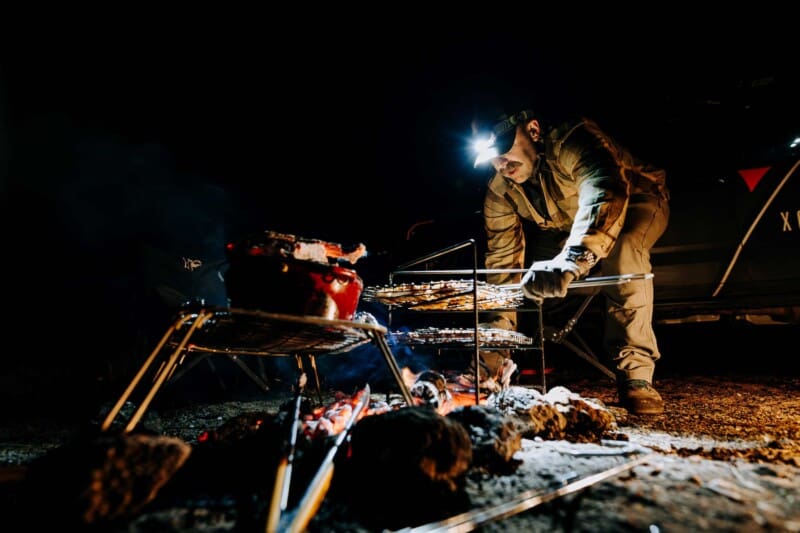
Layering 101: The Basics
The Base Layer
As the foundation of your layering system, the base keeps you dry and comfortable by wicking sweat away from the skin. Available in light, mid, and heavy weights, with thicker fabrics providing more warmth, the next-to-skin base layer is designed to manage moisture and maintain body temperature, thus preventing chill or hypothermia.
Materials: Merino wool, polyester, nylon, and silk. Merino wool is a great option for colder climates due to its natural warmth and odor resistance, while synthetic fabrics like polyester or nylon dry faster and are usually budget-friendly.
Avoid cotton during any sweat-inducing activities (especially in cold temperatures) as it soaks up sweat, remains damp and clammy, and increases the risk of hypothermia.
When to Wear: Pretty much any time! Wear during high-intensity activities or when sweat management is critical, such as while hiking, in hot conditions, or to protect from the sun. Choose base layers to keep warm during low activity and to wick sweat in cooler environments during high activity.
In Africa: Season 6, the XOVERLAND team coped with hot temperatures in Northern Namibia and cooler, humid conditions on the country’s Skeleton Coast. This meant performance short-sleeved shirts and shorts were required near Epupa Falls, and longer-sleeved base layers and pants were worn at night further south.
Full Guard Performance Short Sleeve Shirt
Merino Wool Base Layer Hoody
Full Guard Performance Long Sleeve Shirt
Merino Wool Base Layer Pant
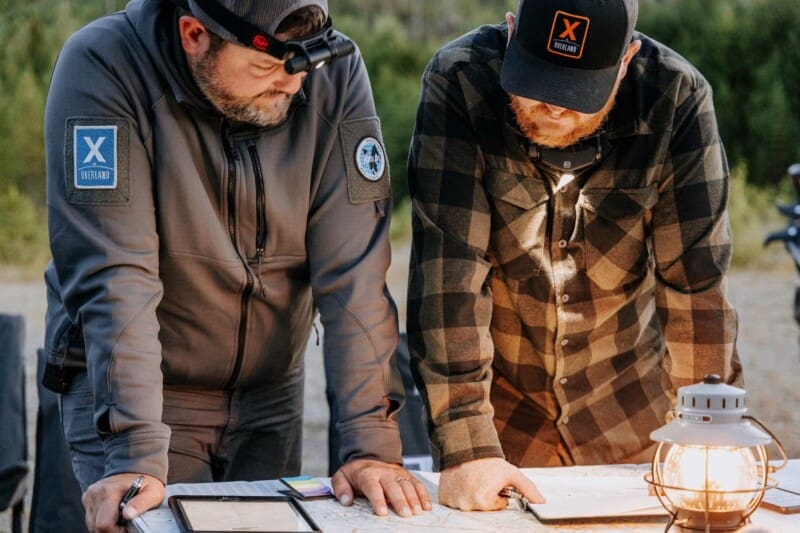
The Mid Layer
Worn over the base layer, the purpose of a middle layer is to insulate, helping you retain body heat and protect from the cold.
Materials: Down (lightweight and highly compressible) and synthetic fill (performs better when wet). Fleece is also a common option for moisture management and warmth.
When to Wear: When temperatures drop, especially at night or early morning.
During the production of Return to Africa, the XOVERLAND team faced rugged and unpredictable conditions—particularly in the high-altitude regions of Lesotho, a landlocked country nestled at over 4,000 feet of elevation within the Drakensberg Mountains. Here, the weather is notoriously erratic, and the team had to be prepared for everything, from sudden snowstorms to scorching midday sun. When the temperature dropped, they added more insulation, such as a flannel or jacket over base layers, to stay warm.
Canyon Flannel
Last Line Flannel
Firebase Hoody
Crucible Mid Layer Hoody
Integrity P Jacket
Delta Stretch 2.1

The Shell Layer
Crucial for protection against wind, rain, snow, and other elements, the shell layer allows for layering underneath without being too bulky.
Materials: Waterproof fabrics like Gore-Tex or other proprietary materials are commonly used in shell layers. Softshell materials provide stretch and breathability, while hard shells are more durable and protective.
When to Wear: When exposed to wet, windy, or snowy conditions. A hardshell jacket is ideal for heavy rain or high winds, while a softshell can work well for drier, more active environments where breathability is essential.
From Alaska to Iceland and Botswana’s Kgalagadi Transfrontier Park, shell layers have protected XOVERLAND team members from rain and snow to thorns and thick brush. If you’re heading to a moisture-ridden, rainy environment where you won’t have the chance to dry your gear, investing in a high-quality waterproof jacket is wise.
Integrity Shell Tactical Rain Jacket
Integrity Shell Pant
Fury Hardshell Jacket
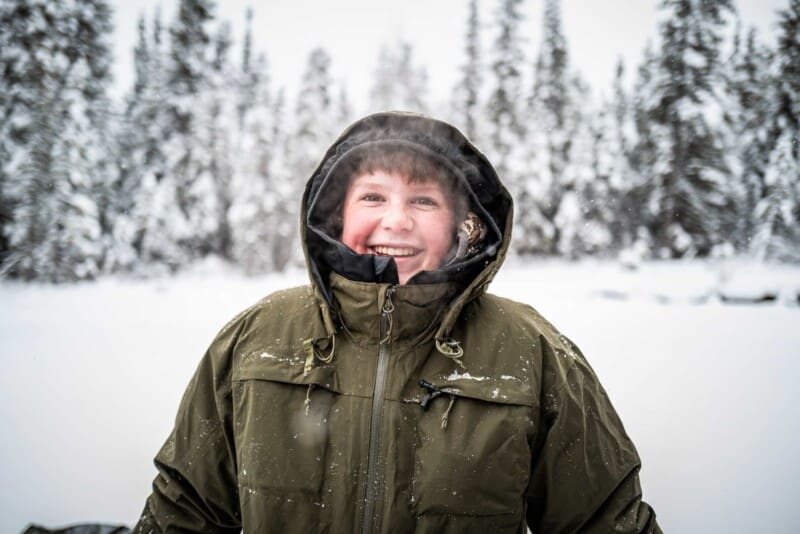
Building Your Own Layering System
Our philosophy is to look at overland clothing as essential gear that will keep you safe, comfortable, and thriving on the trail. Here’s how to build your own layering system.
- Know the Weather Conditions and Expected Temperatures: Plan based on the forecast and be ready to adjust your system. For example, rainy, tropical, damp, or humid conditions require quick-dry clothing.
- Choose Versatile Pieces: Look for lightweight, multi-functional items that can be worn in various ways.
- Layer Smartly: Avoid over-layering; each layer should have a purpose. For example, light-colored layers providing UV protection in desert and arid environments can prevent sunburn and dehydration. Manage your comfort by adding or removing layers as temperatures and activity levels change.
- Ensure Proper Fit: Avoid overly tight or too-loose layers, as both can hinder the performance of your layering system. Ensure that your base layer is snug but not constricting, the insulating middle layer allows for movement (for example, not too tight around the shoulders or chest), and the shell is roomy enough to comfortably fit over your layers without being baggy.
- Stay Organized and Avoid Excessive Packing: A huge part of overlanding is finding practical, functional use of space and storage to maximize your productivity for your adventure. A good duffel bag (such as the 45- or 85-liter Vertx Contingency duffels) and a set of packing cubes can go a long way toward staying organized.
- Test Your System: Test your gear on shorter trips before embarking on longer overland adventures.
- Additional Layers to Consider: Accessories such as hats, gloves, scarves, neck gaiters, and balaclavas; moisture-wicking socks and waterproof boots.
Our Go-To Combinations
Season 5: Nordic Series
Merino Wool Base Layer Hoody
Firebase Hoody
Crucible Mid Layer Hoody
Integrity Tactical Rain Jacket
Delta Stretch 2.1 Pant
Integrity Shell Pant
Season 6: Africa
Full Guard Performance Short Sleeve Shirt
Delta Stretch 2.1
Delta LT Short
Integrity Shell Rain Jacket
Return to Africa Special
Full Guard Performance Long Sleeve Shirt
Integrity P Jacket
Fury Hardshell Jacket
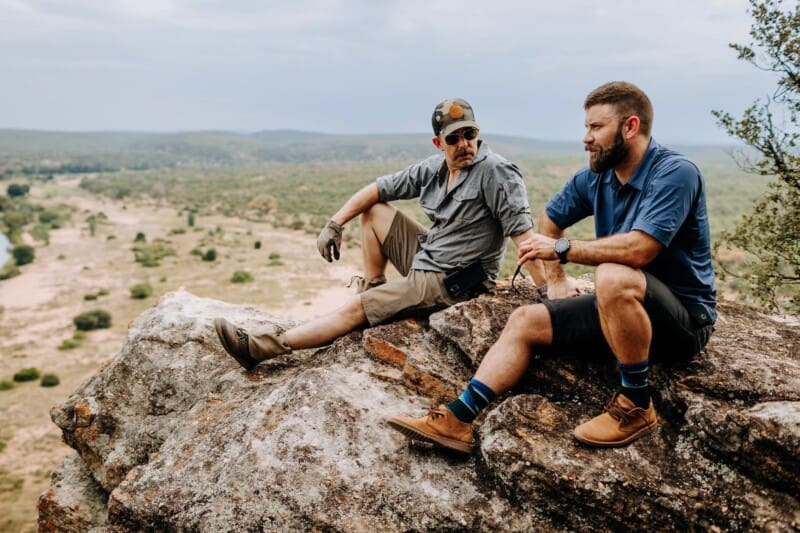
Conclusion
A well-thought-out layering system ensures comfort, safety, and adaptability during overlanding adventures. The right layers allow you to adjust to changing weather and protect yourself from the elements, making all the difference in your overall experience. As every overlander’s needs and environments vary, it’s important to experiment and find the layering system that works best for you, no matter where you may be.

